Water Activities
On the waves constant trade winds stream in from the Atlantic to ensure the islands have excellent sailing. Beneath the waves the water is warm and the visibility superb. Snorkel or dive into an underwater world of attractions both man-made and natural.
Sea turtles
The four most common species of sea turtle in the Caribbean are Hawksbill, Leatherback, Loggerhead and Green. Leatherbacks lay their eggs from February to July with hatchlings emerging towards the end of September. The nesting time for Hawksbill, Green and Loggerhead is March to December, with hatchlings sea bound at the end of February.
Sea turtles nest year-round on the beaches of St Kitts & Nevis. Hawksbill, Green, Leatherback and Loggerhead turtles are found in waters around Antigua, and Green sea turtles can be spotted coming up for air in Freeman’s Bay, English Harbour. During the nesting season, visitors have plenty of opportunities to join organised tours to see the turtles.
Diving with turtles in St Kitts
On St Lucia, at Grand Anse beach you can join tours observing nesting turtles from March to August. In the Dominican Republic, in Punta Cana, volunteers protect nests and eggs during the nesting season from March to November, and the island of Saona is one of the most important nesting areas. In The Grenadines, the sand and seagrass meadows of Tobago Cays are one of the best areas to swim and snorkel alongside Green sea turtles.
Barbados is host to the largest Hawksbill turtle nesting population in the Caribbean, thanks largely to years of work by the Barbados Sea Turtle Project, a conservation and research organisation. Hawksbills nest on almost every beach on the island between June and November with tens of thousands of hatchlings emerging between August and December. In addition to swimming and snorkelling near turtles, and beach-based hatchling releases, there are educational talks, beach walks and clean-ups. Leatherback turtle conservation is taken very seriously in Grenada, where turtle-watching, with strictly limited numbers, can be arranged from April to August.
Surfs up
The Dominican Republic is one of the best destinations for windsurfers of all abilities, although beginners to intermediates would do well to visit Punta Cana to hone their technique. Cross-shore winds and waves are pretty much constant but pick up from November to April. The combination of trade winds, flat water, wave riding and downwinders is what makes the island one of the Caribbean’s best kitesurfing destinations. Again, the best wind conditions in Punta Cana are between November and April.
Surfer in Barbados
The wind across Antigua is more playful than powerful throughout the year. With a sandy take-off, shallow bay and side-shore wind, Jabberwock Beach is the very best spot for beginners. Dickenson Bay, Darkwood Beach, and Turner’s Beach also enjoy good reputations.
The spot for surfers in Barbados is the area of Silver Sands and Silver Rock on the south-east coast, where jumping and wave-riding are welcoming to novices as well as the more experienced. Crane Beach features some of the best boarding in the whole of the Caribbean. The eastern flank is home to a serious Atlantic swell and the Soup Bowl at Bathsheba, close to The Atlantis Historic Inn, produces rideable waves for experienced windsurfers and surfers alike. Similarly, Nevis is ideal for both novice and advanced windsurfers. A lack of crowds is what makes Nevis one of the best Caribbean windsurf spots. Visit in the late winter to early spring for the most consistent wind. Nisbet Plantation offers more challenging conditions. Another favourite is the enclosed bay near Vieux Fort at the south tip of St Lucia.
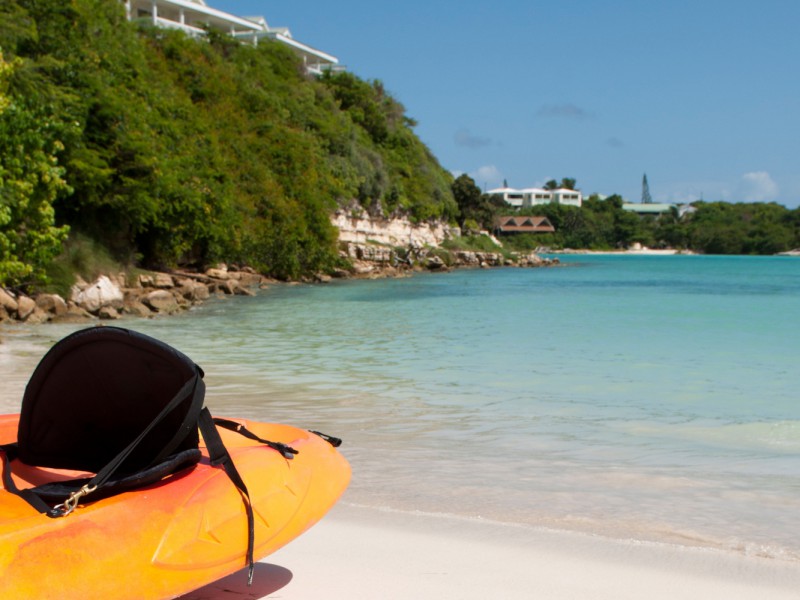
Watersports
When it comes to watersports the Caribbean truly excels. Energetic souls can enjoy a wide range of exhilarating sports, all over the islands, whatever your ability or experience. Non-motorised watersports such as Hobie Cats (small sailing catamarans), stand-up paddleboards and kayaks are often provided for guests to use free of charge. Motorised sports such as jet-skis, water-skiing sessions and banana-boat rides may also be available for a reasonable fee.
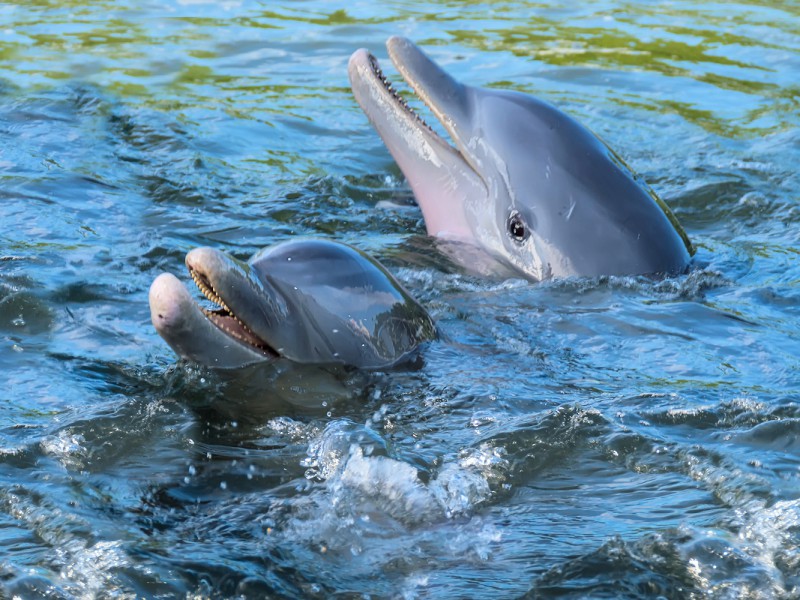
Whale watching and dolphin spotting
The seas around the Caribbean are also a meeting place for humpback whales making their way to warmer waters during the winter months. January to March is considered the peak season for whales. Although you can go just about anywhere in the Caribbean for whale watching and dolphin spotting, Grenada, St Lucia and the Dominican Republic have the best reputation for regular sightings.
Under the water
Accessible by boat from Bequia, Petit St Vincent and Palm Island, in The Grenadines, Tobago Cays Marine Park is a group of five uninhabited islands and something of a tropical paradise. Snorkelling and diving at the barrier reef’s impressive corals or just swimming with the resident giant sea turtles is an unforgettable experience. Tobago Cays rarely feels overrun and offers some of the best, and most relaxing, snorkelling in the whole of the Caribbean. There are dozens of other great dive spots, including wrecks and reefs, throughout The Grenadines. Bequia’s pristine waters boast excellent diving opportunities. Most sites are on the western side, with over 30 sites in total, most easily accessible within a short boat ride. Sites range from shallow dives over colourful reefs to drift dives, cave dives, dramatic wall dives and wreck dives.
The warm waters and offshore reefs of St Lucia teem with colourful marine life. Dive highlights include the superb sites along the steep walls at the base of the Pitons, close to Sugar Beach and Anse Chastanet resorts, and a beach entry site at Anse Chastanet to a stunning coral wall which reaches depths of nearly 50 metres. There’s an intentionally sunk cargo vessel for wreck-diving off the south coast near Anse Cochon and the secluded Ti Kaye Resort & Spa, where snorkelers can also enjoy exploring the reefs.
Scuba diving
Grenada is considered to be the shipwreck capital of the Caribbean; a huge variety of wrecks including a luxury ocean liner. On the island’s west coast scuba divers swim around, and snorkellers swim above, the many life-size figures and objects installed on the ocean floor at Molinère Underwater Sculpture Park: perfect for beginners. There are numerous PADI dive centres and experienced divers can follow the strong currents and meet some very big fish at Twin Sisters near Isle-de-Ronde.
The coastline of Punta Cana, in the Dominican Republic, is home to the longest reef in the country. There is an exciting variety of dive environments from caves and canyons to shallow reefs and wrecks. Game fish, small sharks and rays are a common sight on the reefs and wrecks of this area. Nurse sharks are the most seen inhabitants and likely to be hiding in caverns and wrecks.
Barbados has crystal clear waters which boast around 40 sites for diving and snorkelling. Coral reefs teem with tropical fish. Carlisle Bay is the place for wreck diving; half a dozen can be explored on a single dive. An in-shore reef is within swimming distance of the west coast and is ideal for beginners. The waters of Antigua are home to Cades Reef, a particular favourite amongst divers, the reef stretches for several miles within a protected area and shelters plenty of sea creatures. Antigua also hosts the wreck of the Andes merchant ship, in shallow waters which give good light permeation. Between St Kitts & Nevis you can find Monkey Shoals, a gorgeous coral atoll with a whole square mile of reef and shallows to discover. Off St Kitts, see deep inside the hull of the wreck of merchant ship Taw and meet some very large sea creatures.
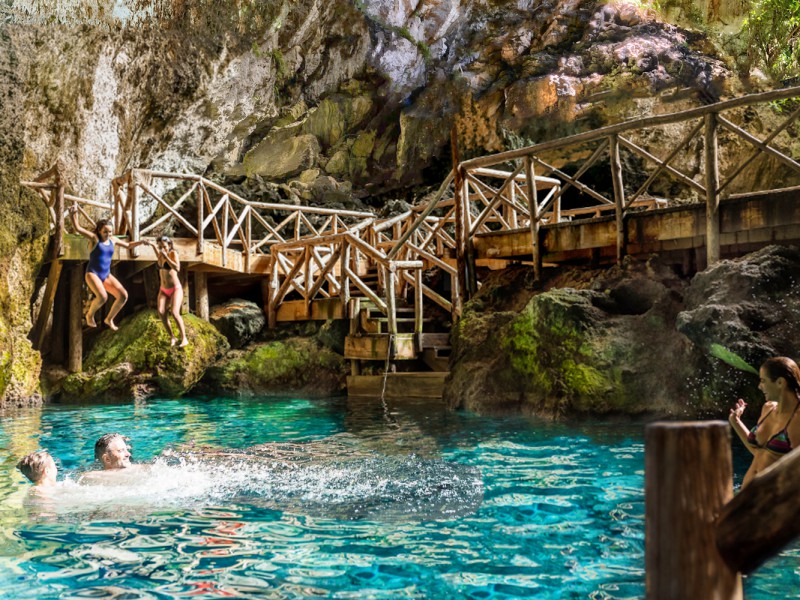
Wild swimming
One of the Caribbean’s best swimming events, which takes place in late March, is the annual Nevis to St Kitts Cross Channel Swim. Participants cross the attractive 4km stretch of water between Oualie Beach on Nevis and Cockleshell Bay on St Kitts. Racers make the crossing in roughly an hour, more recreational swimmers take longer and are permitted fins and hand paddles. Swimming doesn’t have to be just in the sea. The Dominican Republic is known for its cenotes, natural pools of underground water exposed to the elements. These sinkholes make for truly memorable, refreshing swims. Try dipping more than just your toes into Scape Park’s Hoyo Azul, near Punta Cana.
Submarine adventures
For those who want to visit the underwater world but prefer not to snorkel or dive, book a seat aboard the Atlantis Submarine which dives to a depth of 50 metres. Be part of a great undersea voyage through the crystal clear waters of Barbados where spectacular views are to be had of a shipwreck, the beautiful coral and exotic tropical fish.
Sailing
With the ideal mix of perfect climatic conditions, pristine beaches, yachting culture and maritime history, the Caribbean is one of the world’s top sailing destinations for competitors, spectators and those who prefer to pleasure cruise. Numerous sailing excursions, catamaran and classic yacht trips are available from many of the islands, and there is a fabulous choice of sightseeing excursions including coastal tours, sunset cruises, glass bottom boat trips, snorkelling and fishing outings.
Antigua is a top sailing destination and something of a yachters’ paradise. Many visitors seize the opportunity for a day trip sailing around the island, relaxing on deck while taking in the views and swimming in the pristine waters. The island hosts hundreds of boats throughout its many protected harbours, coves and inlets; Falmouth Harbour is Antigua’s premier superyacht marina and Nelson’s Dockyard National Park, English Harbour, is of outstanding maritime and naval interest. Antigua is home to several key global sailing events including Antigua Sailing Week, one of the premier sailing regattas in the world (late April to early May), the finishing point for the transatlantic Christmas Caribbean Rally (mid-January) and the starting point for the Royal Overseas Racing Club Caribbean 600 (late February).
Catamaran sailing in Antigua
St Lucia is a Caribbean nation that’s known for its beautiful sailing conditions and is home to protected anchorages for sailboats and yachts. Day trips along the scenic coastline to the spectacular pitons, stopping for wonderful snorkelling opportunities en route, are particularly popular with visitors. Each December Rodney Bay welcomes the 200 boats, and 1200 competitors who participate in the Atlantic Rally for Cruisers, following a transatlantic crossing from Las Palmas, Grand Canaria.
Natural anchorages, protected waters and myriad islands, islets and cays make St Vincent & The Grenadines a world-class sailing destination. With numerous reefs and many places to anchor out, boat trips are particularly popular and full day tours are available. Sail with a captain and crew aboard a catamaran to swim with turtles, walk beside iguanas, trawl to catch fish and explore several deserted islands. Boating here is a way of life partly because access to many of these tiny, remote and uninhabited islands is difficult or impossible by aircraft. One of the regions most renowned events is the Bequia Easter Regatta, a five day sailing extravaganza of top-class yacht racing each April. With its full diary of sailing events and colourful street parades, the regatta is one of the most well attended events in the southern Caribbean region.
The west coast of Barbados lends itself to cruising aboard large catamarans with plenty of stopping opportunities for wreck diving, snorkelling and swimming with marine life. From Grenada try a sunset champagne cruise from the capital St George’s or a snorkelling trip to Flamingo Bay. Between St Kitts and Nevis drop anchor in secluded coves to snorkel and explore deserted beaches. Enjoy hospitality from the crew, guidance from the captain of your luxurious catamaran and capture the very finest views of Nevis Peak from the sea, or sail aboard a crewed classic yacht. Half and full day catamaran and double-decker catamaran cruises from Punta Cana in the Dominican Republic can include snorkelling, swimming and parasailing, as well as drinks and snacks for the duration of the cruise.
 Algarve
Algarve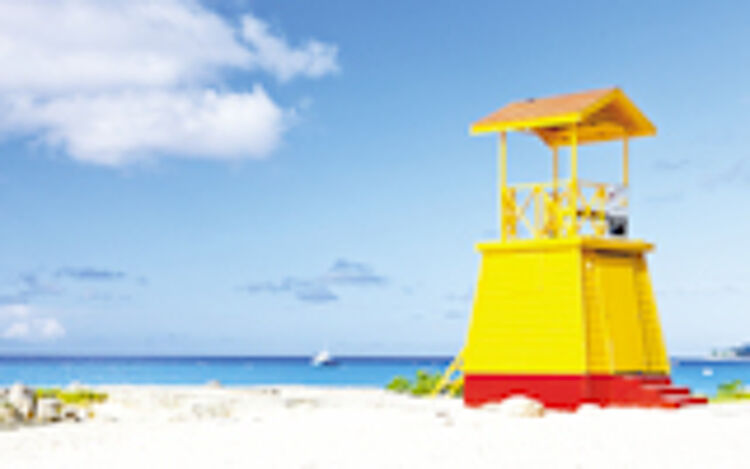 Barbados
Barbados Crete
Crete Croatia
Croatia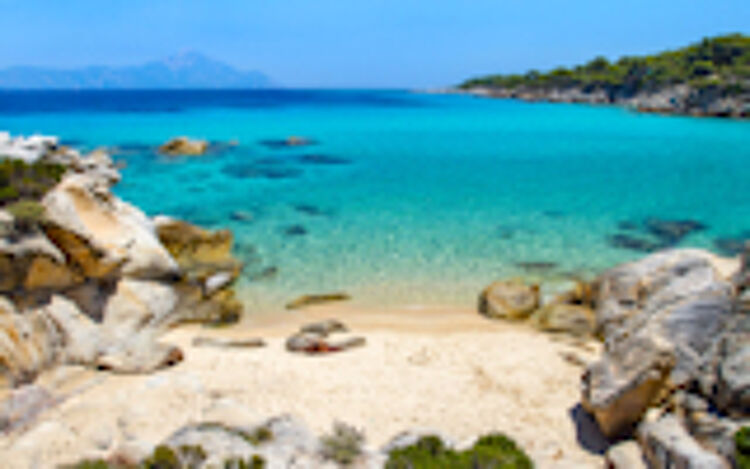 Halkidiki
Halkidiki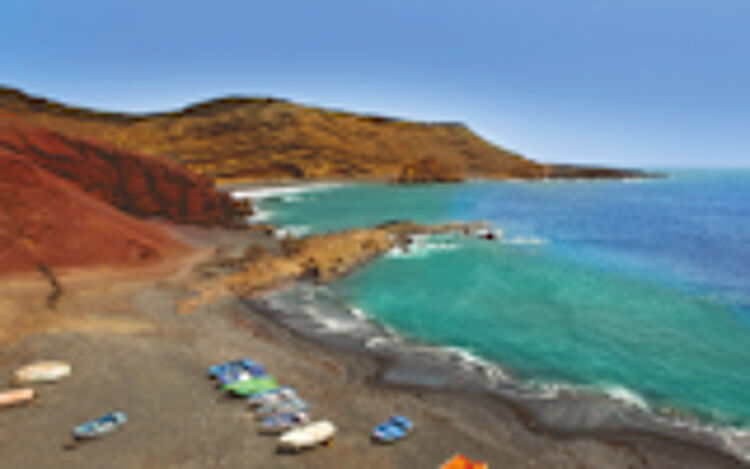 Lanzarote
Lanzarote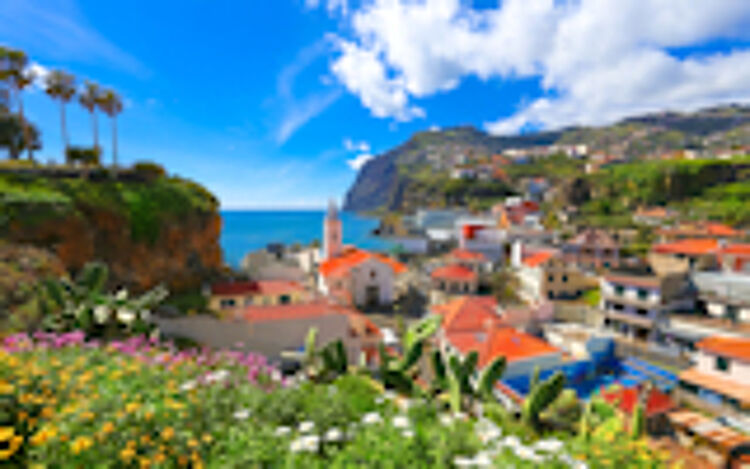 Madeira
Madeira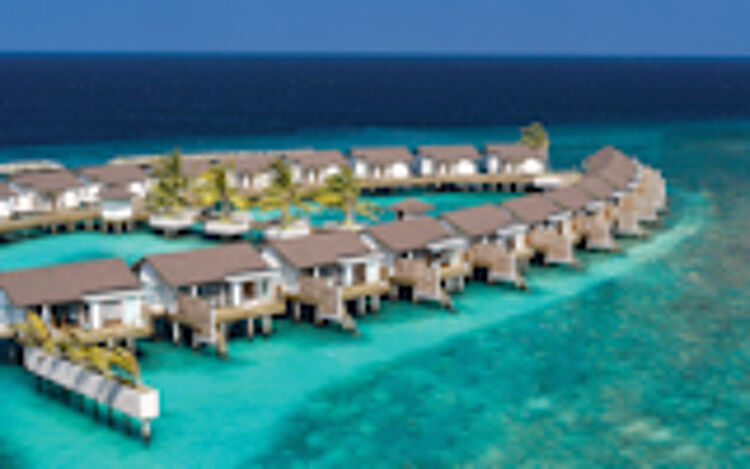 Maldives
Maldives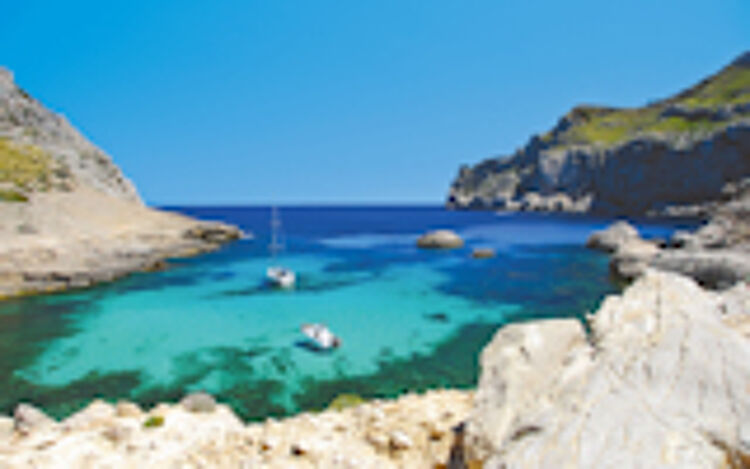 Mallorca
Mallorca Morocco
Morocco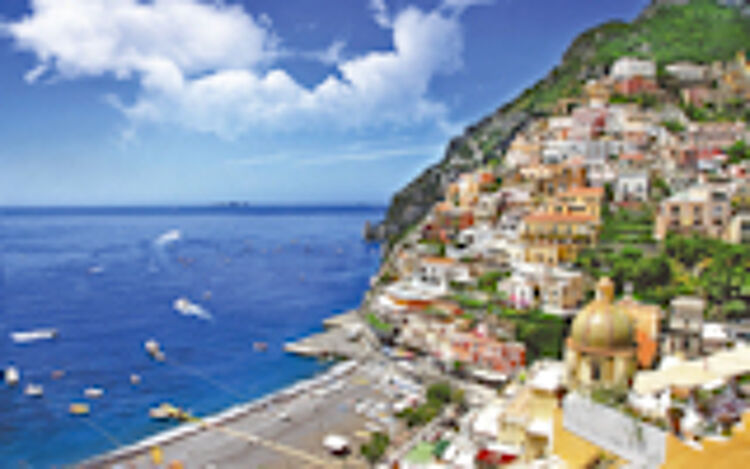 Sorrento & Amalfi Coast
Sorrento & Amalfi Coast Tenerife
Tenerife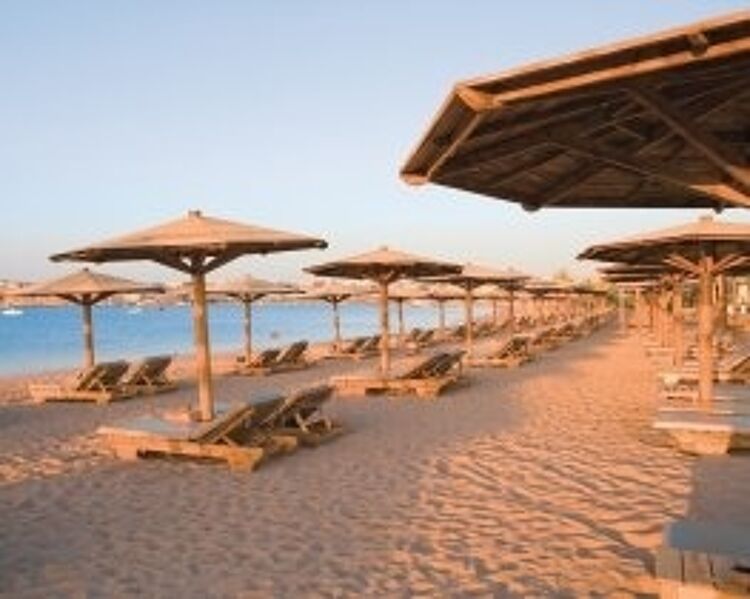 Egypt
Egypt Kenya
Kenya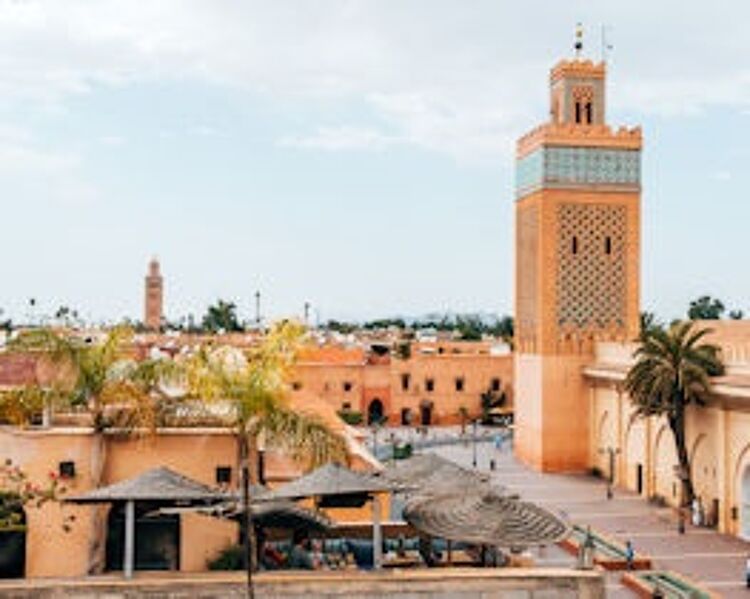 Morocco
Morocco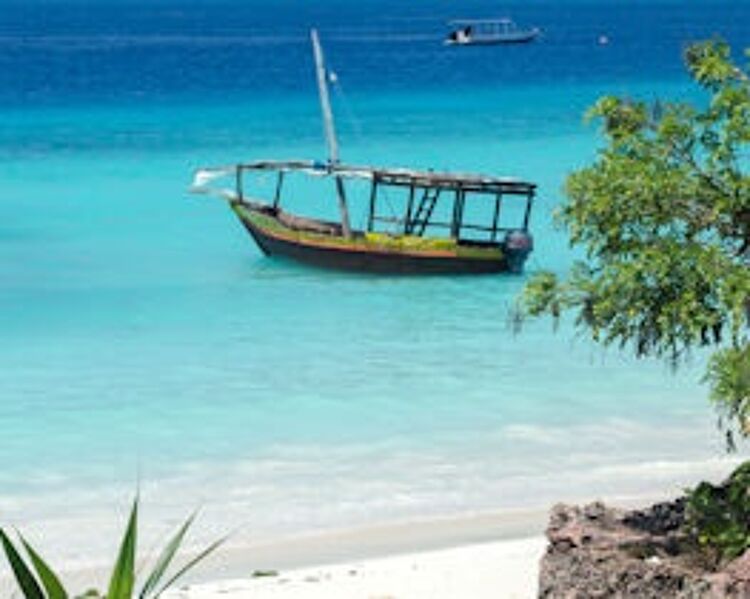 Tanzania
Tanzania South Africa
South Africa Antigua
Antigua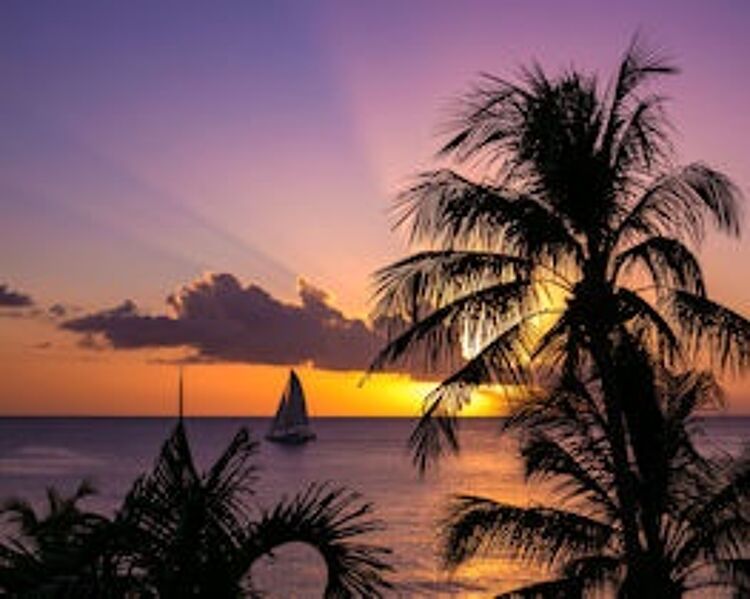 Barbados
Barbados Dominican Republic
Dominican Republic Grenada
Grenada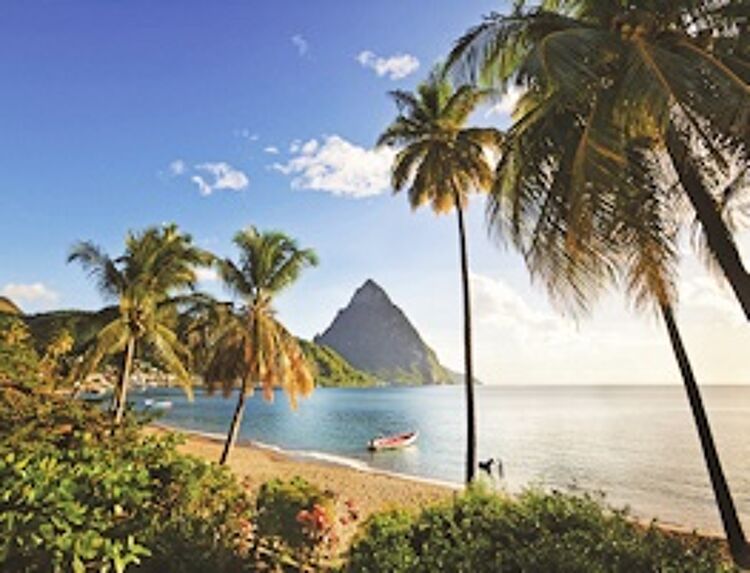 St Lucia
St Lucia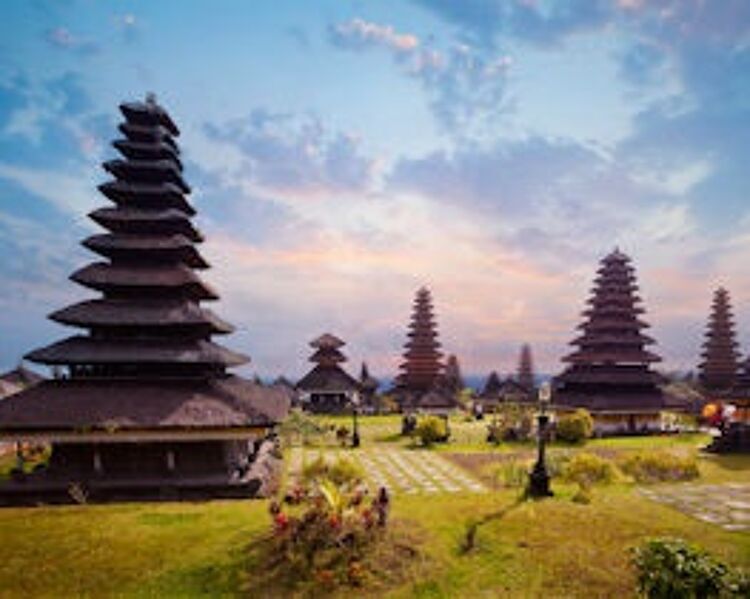 Indonesia
Indonesia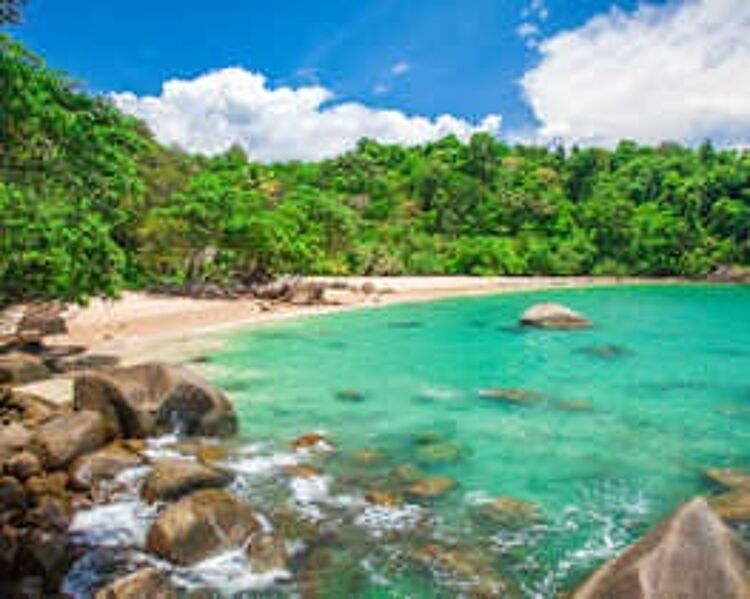 Thailand
Thailand Croatia
Croatia Cyprus
Cyprus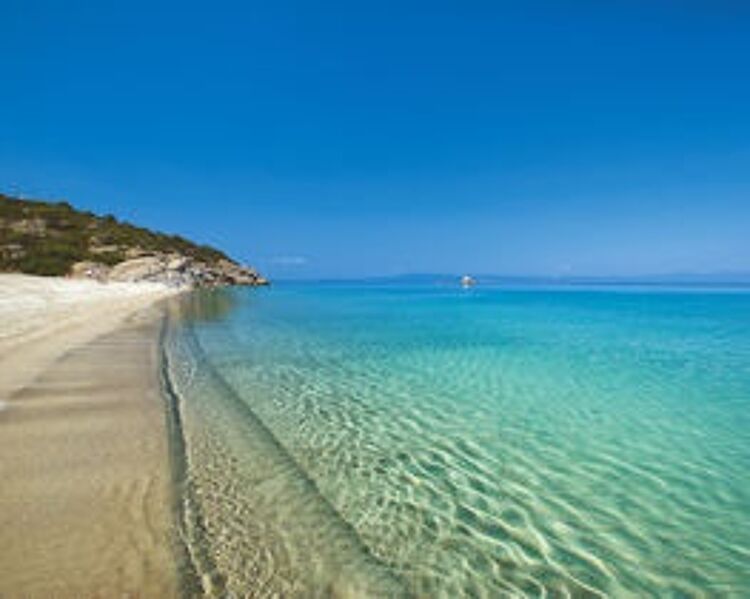 Greece
Greece Italy
Italy Malta
Malta Portugal
Portugal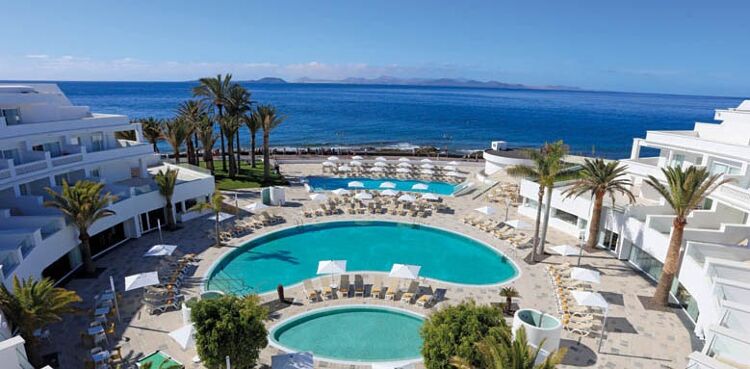 Spain
Spain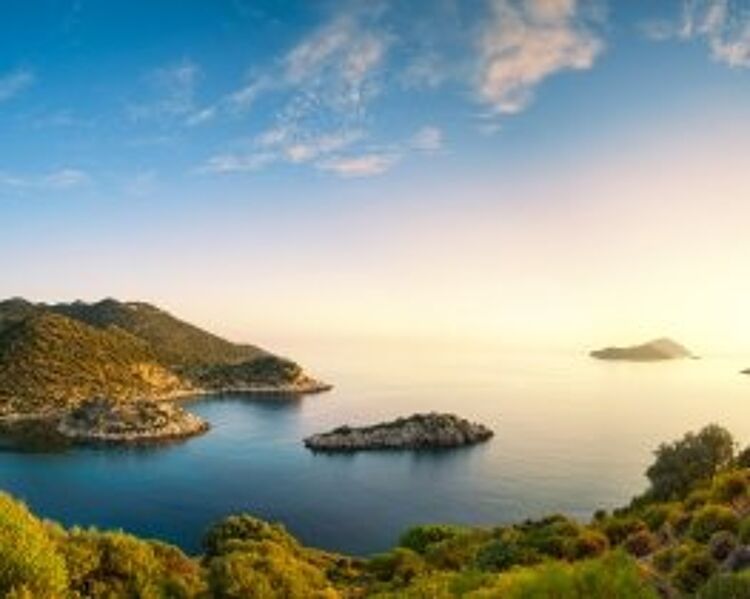 Turkey
Turkey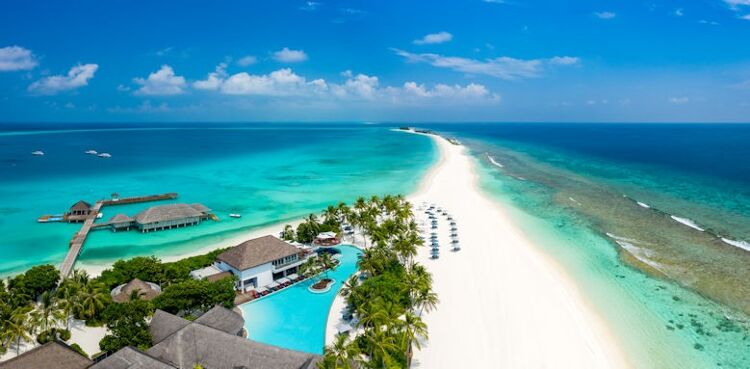 Maldives
Maldives Mauritius
Mauritius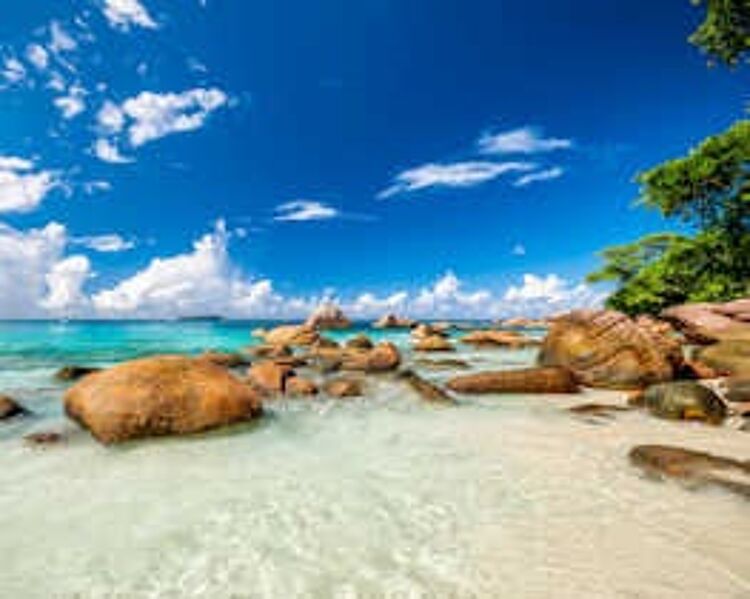 Seychelles
Seychelles Sri Lanka
Sri Lanka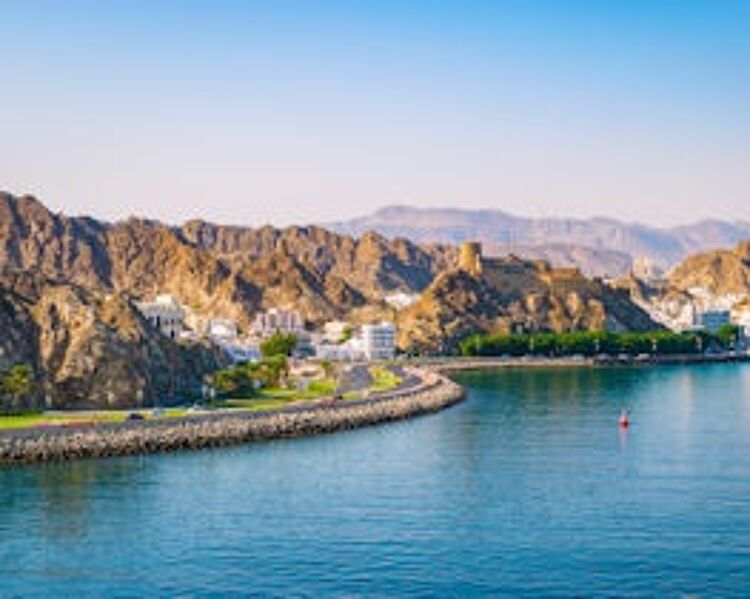 Oman
Oman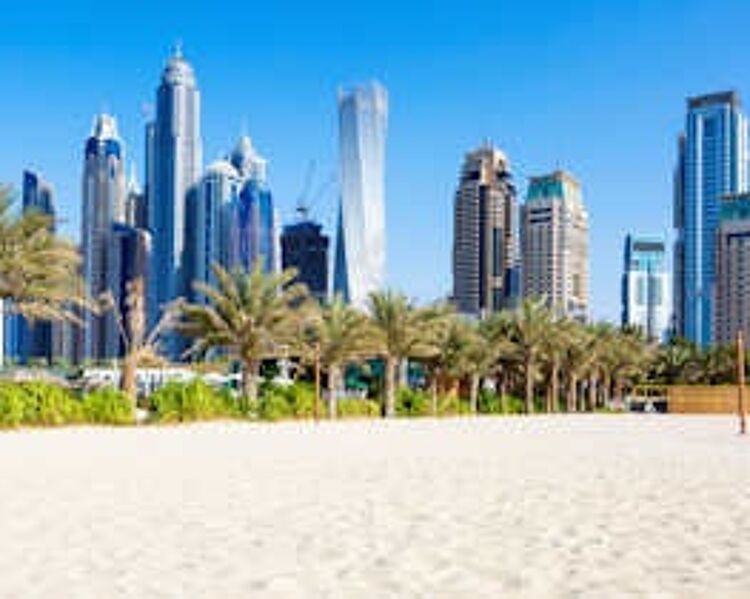 United Arab Emirates
United Arab Emirates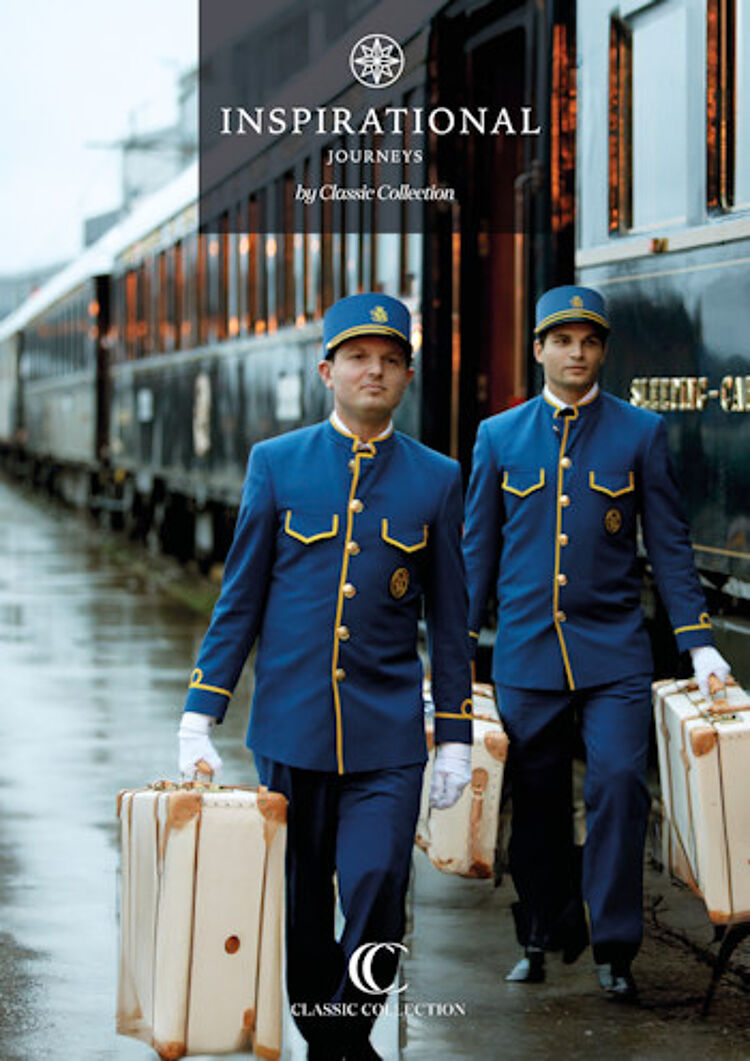
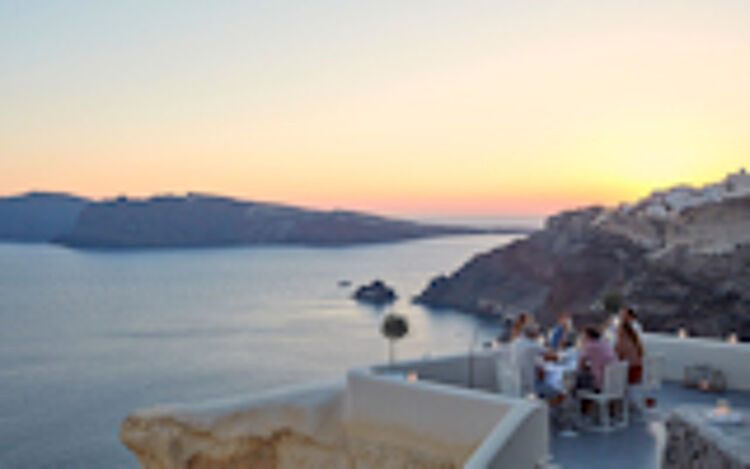 Adult Only Holidays
Adult Only Holidays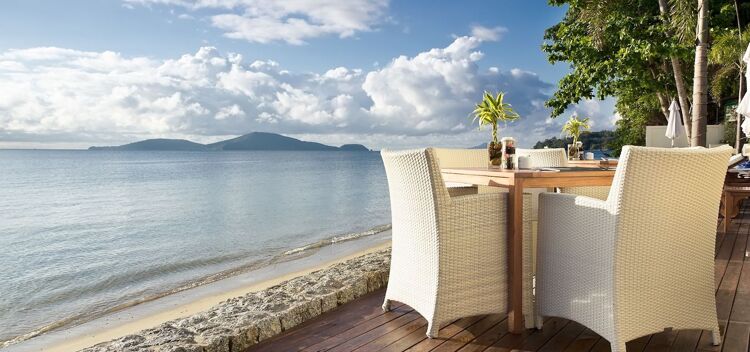 All Inclusive Holidays
All Inclusive Holidays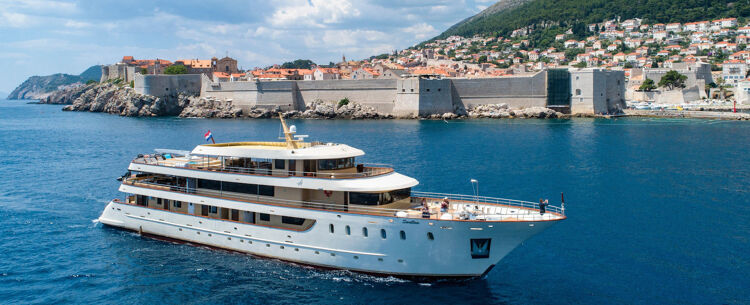 Boutique Cruises
Boutique Cruises Boutique Hotels
Boutique Hotels City Breaks
City Breaks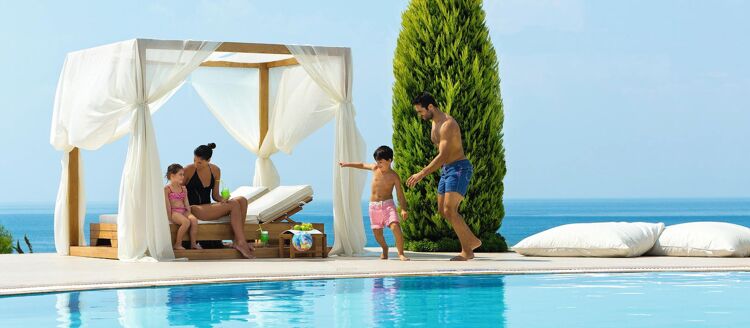 Family Holidays
Family Holidays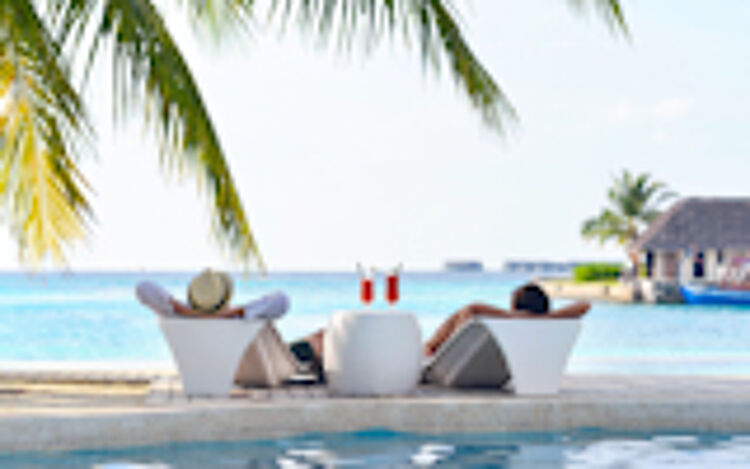 Honeymoon Holidays
Honeymoon Holidays Luxury Rail Holidays
Luxury Rail Holidays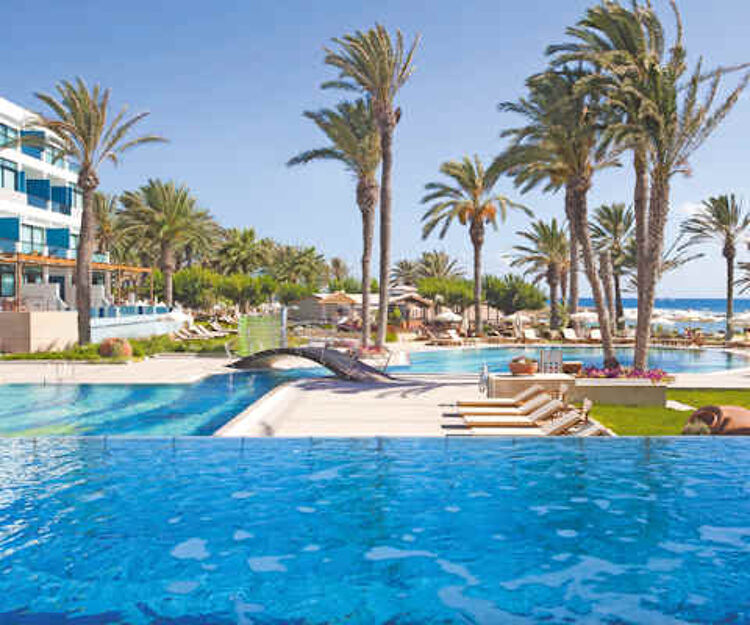 Multi Centre Holidays
Multi Centre Holidays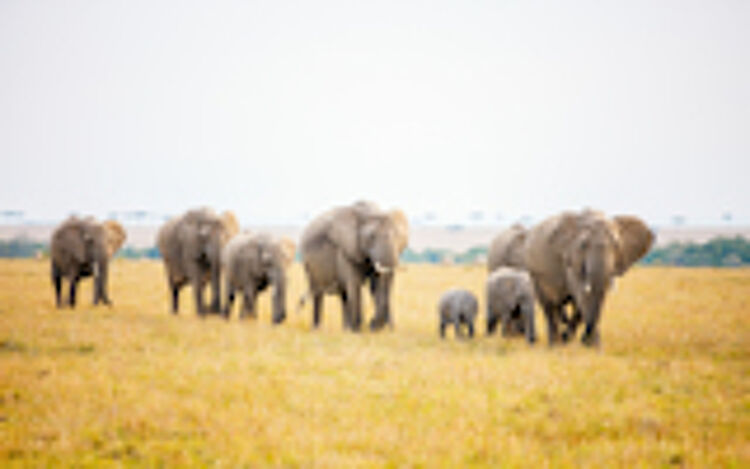 Private & Escorted Tours
Private & Escorted Tours Spa & Wellness Holidays
Spa & Wellness Holidays Villa Holidays
Villa Holidays Golf Holidays
Golf Holidays Group Holidays
Group Holidays LGBTQ+ Luxury Holidays
LGBTQ+ Luxury Holidays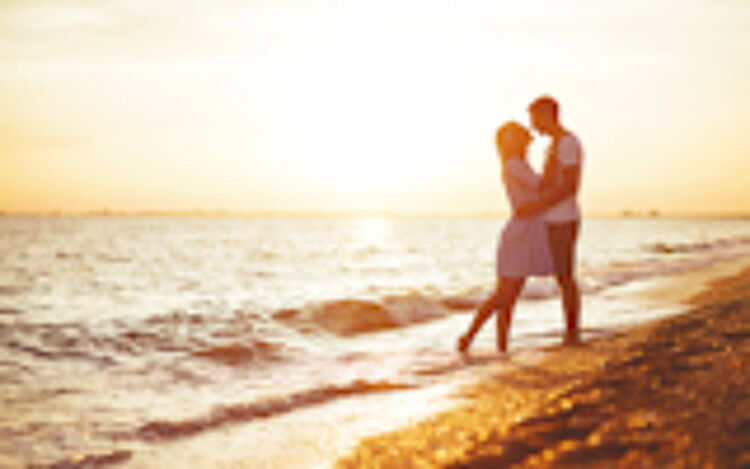 Romantic Holidays
Romantic Holidays Greek Island Hopping
Greek Island Hopping Infinity Pools
Infinity Pools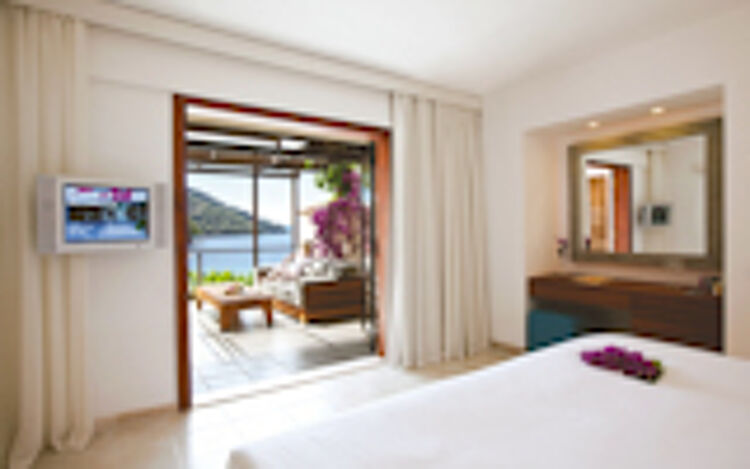 Interconnecting Rooms
Interconnecting Rooms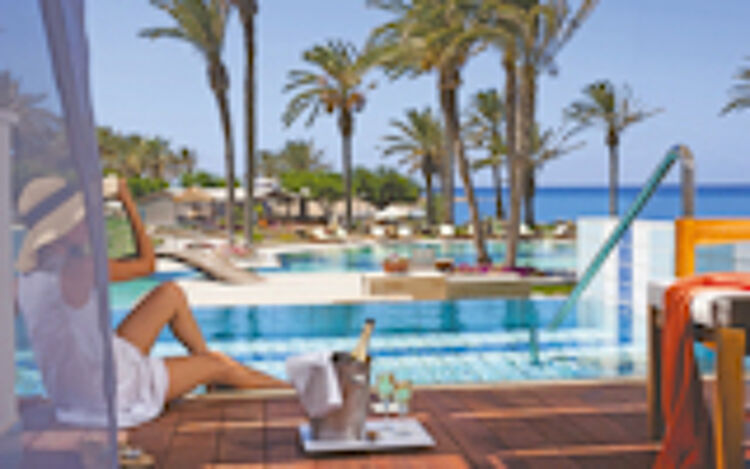 Private Pools
Private Pools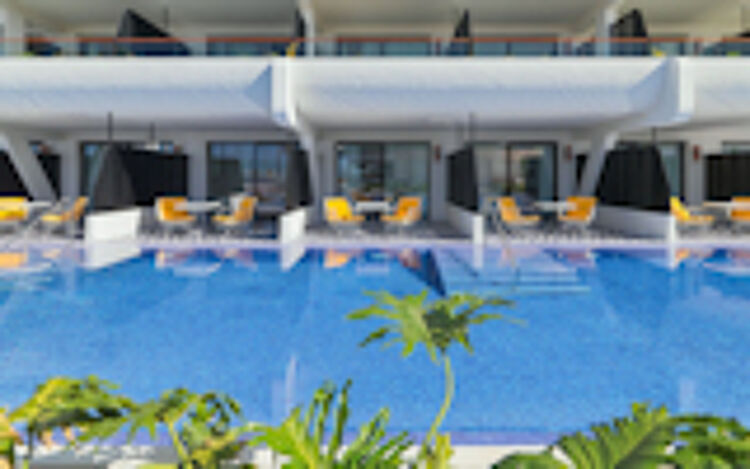 Swim Up Rooms
Swim Up Rooms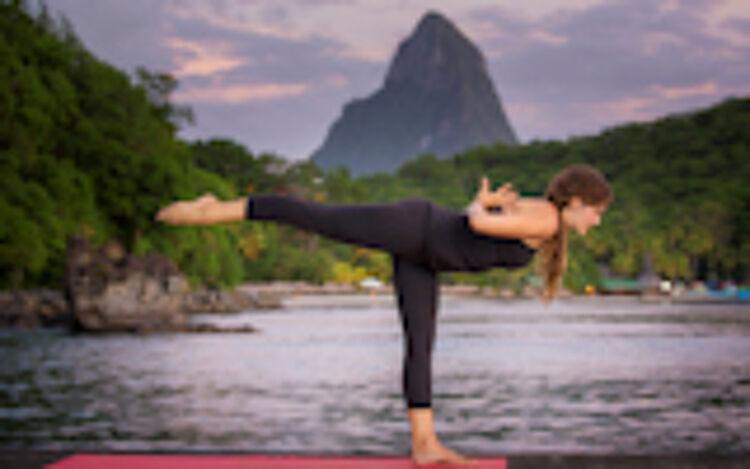 Yoga Classes
Yoga Classes Blue Flag Beaches
Blue Flag Beaches Butler Service
Butler Service Michelin Star Dining
Michelin Star Dining



